嘉莉的“新女性”身份:《嘉莉妹妹》女性主义论
ABSTRACTTheodoreDreiser(1871-1945)isnotonlyoneofthefirstsignificantwritersofthe20thcenturyAmericanliteraturebutalsooneofthepioneersoftheAmericanmodernnovels.HiscontributiontoAmericanliteraturemostlyliesinhispioneeringthewayofdepictingfactuallythenewcitylifeoftheUnitedStateswithoutanyprejudice.Hisinf...
相关推荐
-
上海沪教版新九年级化学暑假同步课_走进化学实验室(教师版)VIP免费
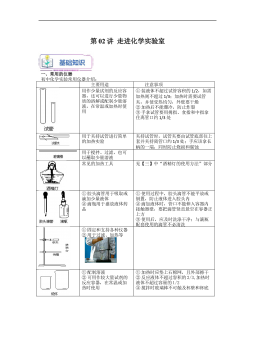
 2024-09-26 10
2024-09-26 10 -
上海沪教版新九年级化学暑假同步课_质量守恒定律(学生版)VIP免费
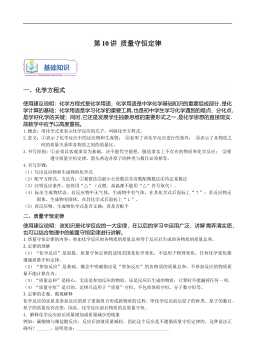
 2024-09-26 9
2024-09-26 9 -
上海沪教版新九年级化学暑假同步课_质量守恒定律(教师版)VIP免费
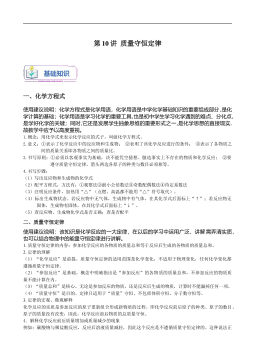
 2024-09-26 11
2024-09-26 11 -
上海沪教版新九年级化学暑假同步课_氧气的制取(学生版)VIP免费
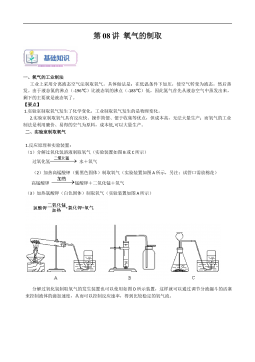
 2024-09-26 11
2024-09-26 11 -
上海沪教版新九年级化学暑假同步课_氧气的制取(教师版)VIP免费
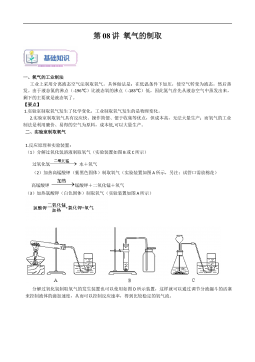
 2024-09-26 10
2024-09-26 10 -
上海沪教版新九年级化学暑假同步课_暑假预习成果卷(测试范围:第1-2章)(学生版)VIP免费
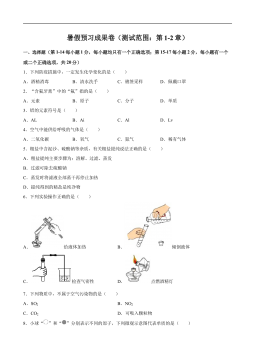
 2024-09-26 11
2024-09-26 11 -
上海沪教版新九年级化学暑假同步课_暑假预习成果卷(测试范围:第1-2章)(教师版)VIP免费

 2024-09-26 9
2024-09-26 9 -
上海沪教版新九年级化学暑假同步课_世界通用化学语言(学生版)VIP免费
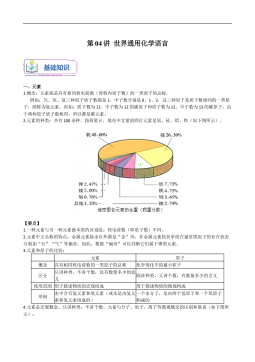
 2024-09-26 10
2024-09-26 10 -
上海沪教版新九年级化学暑假同步课_世界通用化学语言(教师版)VIP免费
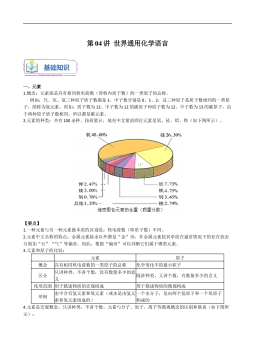
 2024-09-26 10
2024-09-26 10 -
上海沪教版新九年级化学暑假同步课_人类赖以生存的空气(学生版)VIP免费

 2024-09-26 11
2024-09-26 11
相关内容
-
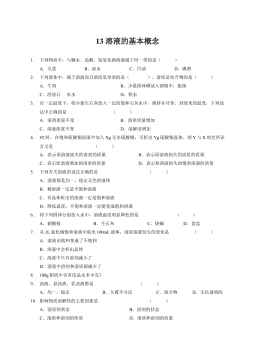
上海沪教版九年级化学上册暑假班课后练习(机构)_溶液的基本概念
分类:中小学教育资料
时间:2024-09-27
标签:无
格式:DOC
价格:5 积分
-
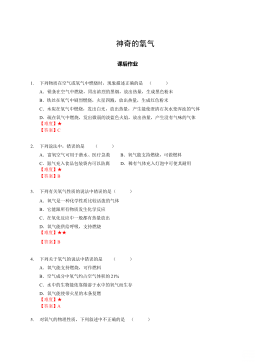
上海沪教版九年级化学上册暑假班课后练习(机构)_神奇的氧气
分类:中小学教育资料
时间:2024-09-27
标签:无
格式:DOC
价格:5 积分
-
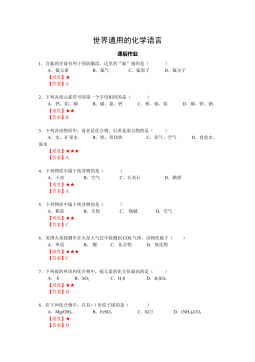
上海沪教版九年级化学上册暑假班课后练习(机构)_世界通用的化学语言
分类:中小学教育资料
时间:2024-09-27
标签:无
格式:DOC
价格:5 积分
-
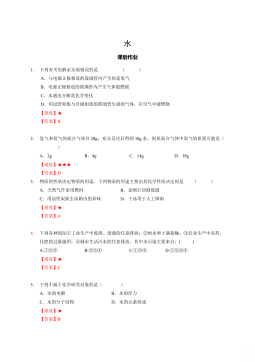
上海沪教版九年级化学上册暑假班课后练习(机构)_水
分类:中小学教育资料
时间:2024-09-27
标签:无
格式:DOC
价格:5 积分
-
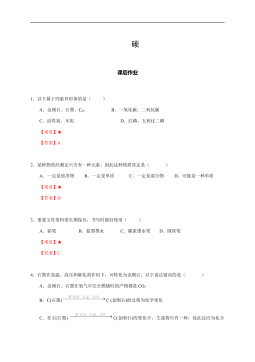
上海沪教版九年级化学上册暑假班课后练习(机构)-碳
分类:中小学教育资料
时间:2024-09-27
标签:无
格式:DOCX
价格:5 积分






